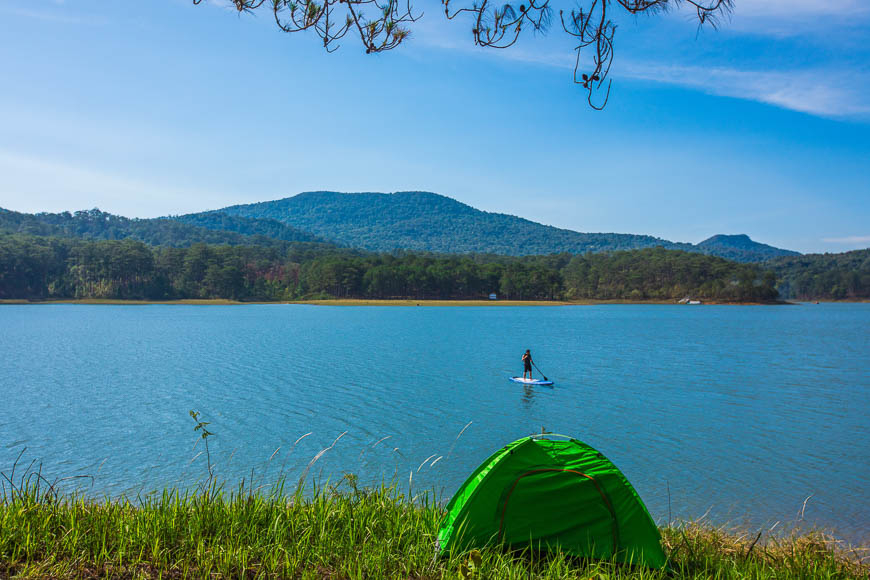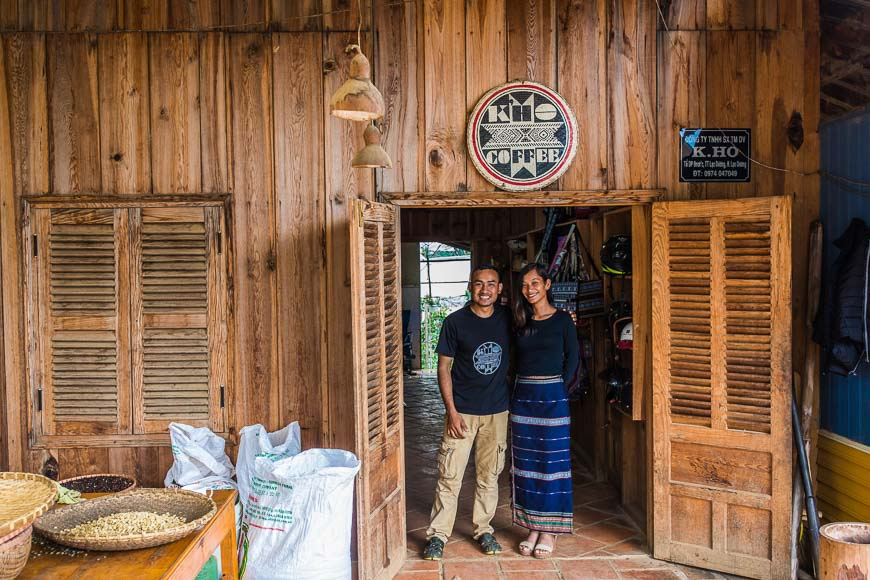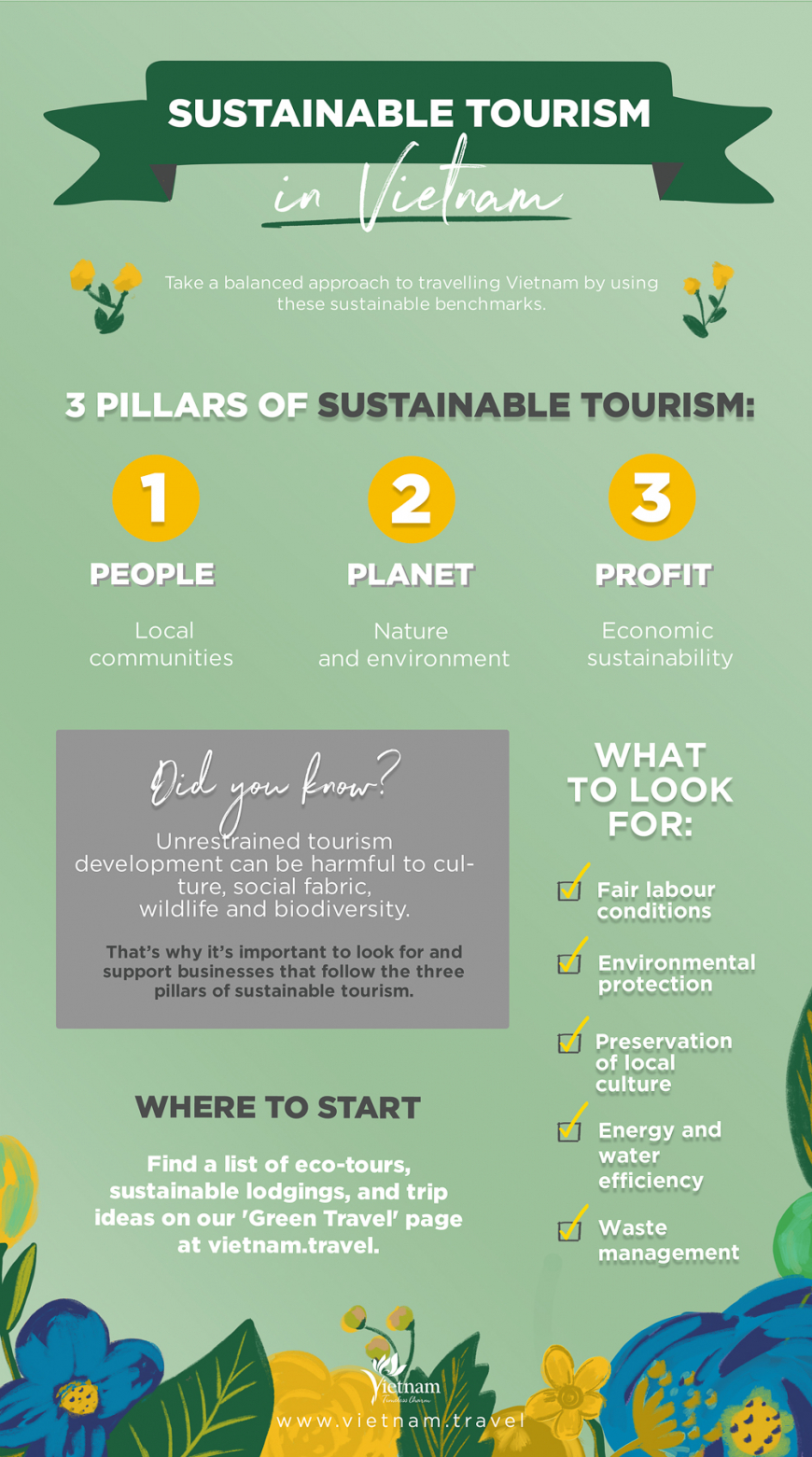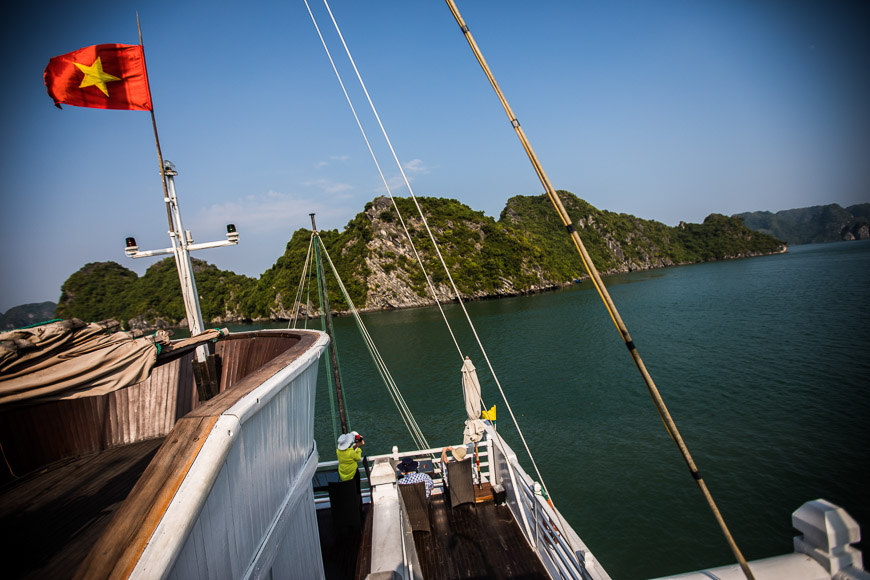Tourism is a great asset. It creates jobs and income, broadens perspectives on other cultures, and benefits economies, including ethnic minorities and small businesses. It all sounds swell, doesn’t it? But if that’s true, where do the calls for responsible travel or sustainable tourism come from? And what do these terms mean? Read on for a simple introduction to what it means to travel sustainably and how to get started.
Why sustainable travel
The growing need for sustainable travel stems from tourism’s untamed growth over the past few decades. While the idea that everyone can travel sounds great, in reality the unrestrained growth of tourism to any destination can be harmful to culture, social fabric, wildlife and biodiversity.

Even without intending to, large numbers of travellers quite often bring unwanted side effects as their travel partners. Overcrowding, waste, lack of sanitary and safe water, and damage to the natural environment are common consequences of unfettered tourism development. Increased plastic waste is one striking effect of over-tourism you may have encountered in your travels. Other side effects, such as increased carbon footprint, take their toll in less tangible but equally devastating ways.
Both the tourism industry and travellers themselves are concerned about the damage to our planet, and are motivated to do something about it.
Finding a balance
This growing awareness about the side effects of tourism has given birth to more conscientious types of tourism, such as alternative tourism, eco-tourism, responsible and sustainable tourism. All businesses in these categories hold a view to optimize positive effects of tourism and minimize the negative ones. Some choose to emphasize ecological aspects, others address socio-cultural issues; but the common denominator is a more harmonious development of tourism.
The goal is to ensure visitors as well as their host communities will be able to enjoy and benefit from tourism attractions now and in the future.

This approach balances the economic, social-cultural and ecological interests of tourists, local communities and the tourism industry. These are known as the ‘Three Pillars of Sustainable Tourism’, popularly dubbed ‘People, Planet and Profit’. ‘People’ refers to local culture and communities, ‘Planet’ stands for the natural environment, and ‘Profit’ refers to economic sustainability. Sustainable tourism activities address all three of these pillars.
Activities of the tourism industry fall under the category ‘responsible tourism’; while the activities of tourists are dubbed ‘responsible travel’. In other words, responsible tourism and responsible travel are the individual expressions of tourism companies and tourists that are committed to sustainable tourism.
Plan a sustainable holiday in Vietnam with our Green Travel Guide.
Working together
Sustainable tourism necessitates cooperation between the main stakeholders in tourism. These stakeholders include government agencies, the tourism industry, and travellers like yourself. How does that work in practice?

In Vietnam, the government has enshrined sustainability in tourism law, as a core part of the country’s socio-economic development. It’s the task of the government to develop sustainable tourism policies and laws. These will be implemented by local authorities, together with a cooperative tourism sector. Apart from government policy, responsible actions by travellers and the tourism industry have a large impact on the future of tourism destinations.
Surveys reveal that demand for green travel is a growing trend. They also show that it’s difficult for travellers to get proper information about which tourism enterprises act responsibly, and are following key principles for sustainable operations. Some of these key principles include energy and water efficiency, waste management, environmental protection, and fair labour conditions. Travellers need to have this verifiable information readily available so they can make educated choices during holiday planning.

Where to start
In Vietnam, travellers are attracted by a wealth of cultural and natural resources, as well as eight UNESCO-listed World Heritage Sites. You’ll be happy to know that apart from amazing attractions, Vietnam is also home to a number of companies that offer tourism products and services based on the principles of sustainable tourism.

You can find Vietnamese companies applying these principles on our Sustainable Travel page. For example, Bhaya Cruises in Ha Long Bay has made great efforts to operate responsibly and clean up the bay, and Mekong Rustic in Can Tho supports local artisans and farmers through community-based tours and homestays. In the list you’ll also find tour operators, eco-lodges, small & medium-sized hotels, and attractions with a successful track record of employing all three pillars of sustainability: People, Planet and Profit.
You’ll also find companies that place more emphasis on one pillar, such as nature, or social enterprises that focus on people, such as ethnic minorities and the disadvantaged. Lastly, we’ve featured some projects that can be intuitively considered sustainable businesses, such as Collective Memory Boutique in Hanoi, which promotes Vietnamese arts and fair-trade products from artisans, villages, craftsmen around the country.

We hope this resource gives you a starting point for discovering the variety of sustainable options Vietnam has to offer, and inspires you to take your own enjoyable, responsible holidays here soon.




